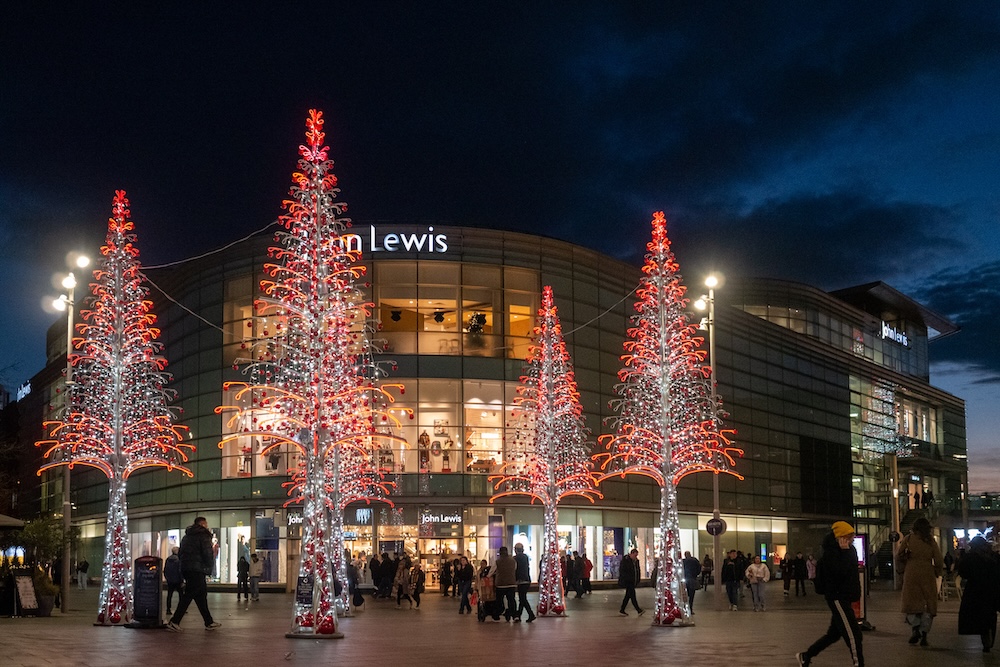
Days Out
10 historic locations you need to visit in Liverpool
3 years ago
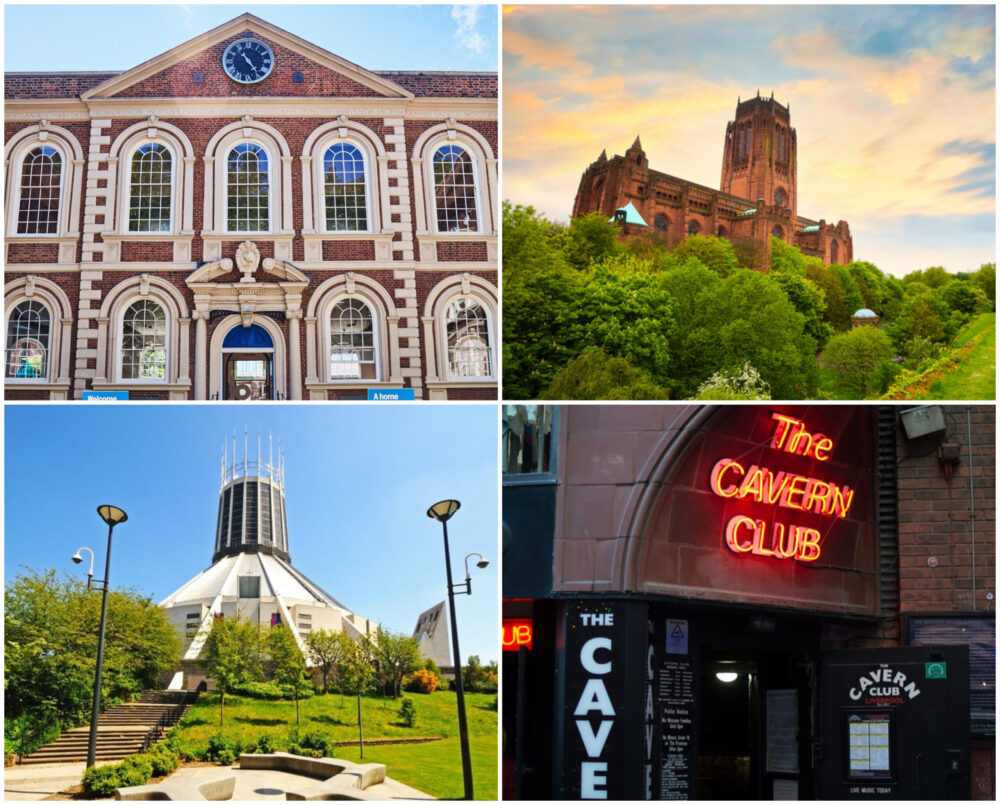
Step into the shoes of the past and explore the city from a different perspective, where echoes of times gone by lie waiting to be discovered.
Amidst the vibrant beat of Liverpool’s present, it’s easy to get lost and forget the rich history whispering through its streets, urging us to uncover the grand historic locations that have shaped our remarkable city.
There are many hidden gems waiting to be discovered.
Here are 10 intriguing glimpses into Liverpool’s past:
Williamson Tunnels
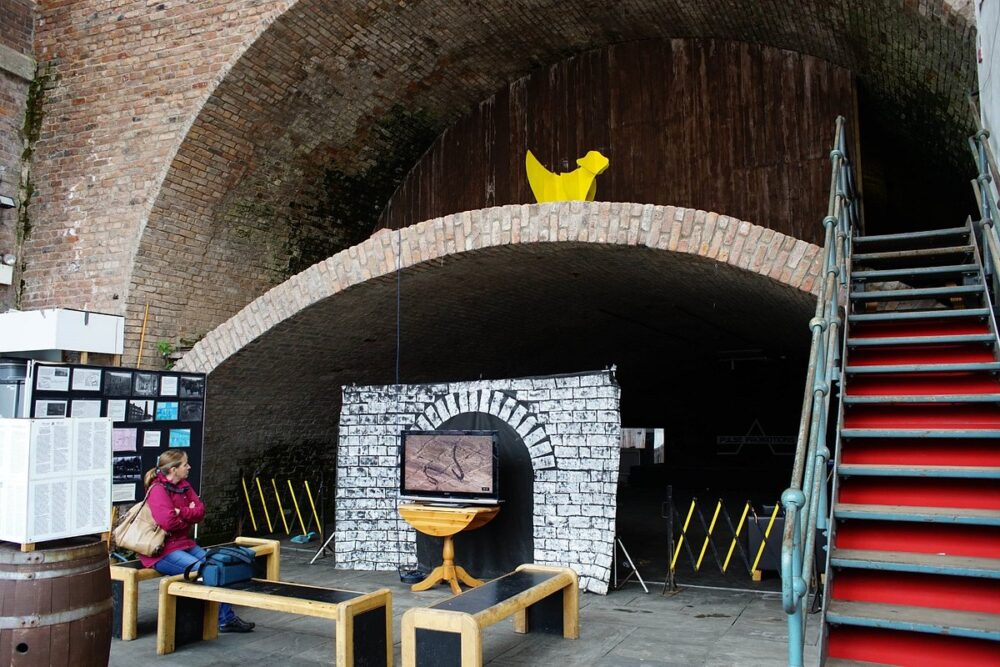
Beneath the streets of Liverpool lies an underground labyrinth of tunnels constructed by eccentric tobacco merchant Joseph Williamson in the early 19th century. These tunnels, with their mysterious purpose and intricate design, continue to fascinate visitors and offer a glimpse into Liverpool’s history.
The story of the tunnels had a fictional rewrite in the last season of BBC’s Doctor Who when the tunnels were used as a means of portals through time and space!
Bluecoat Chambers
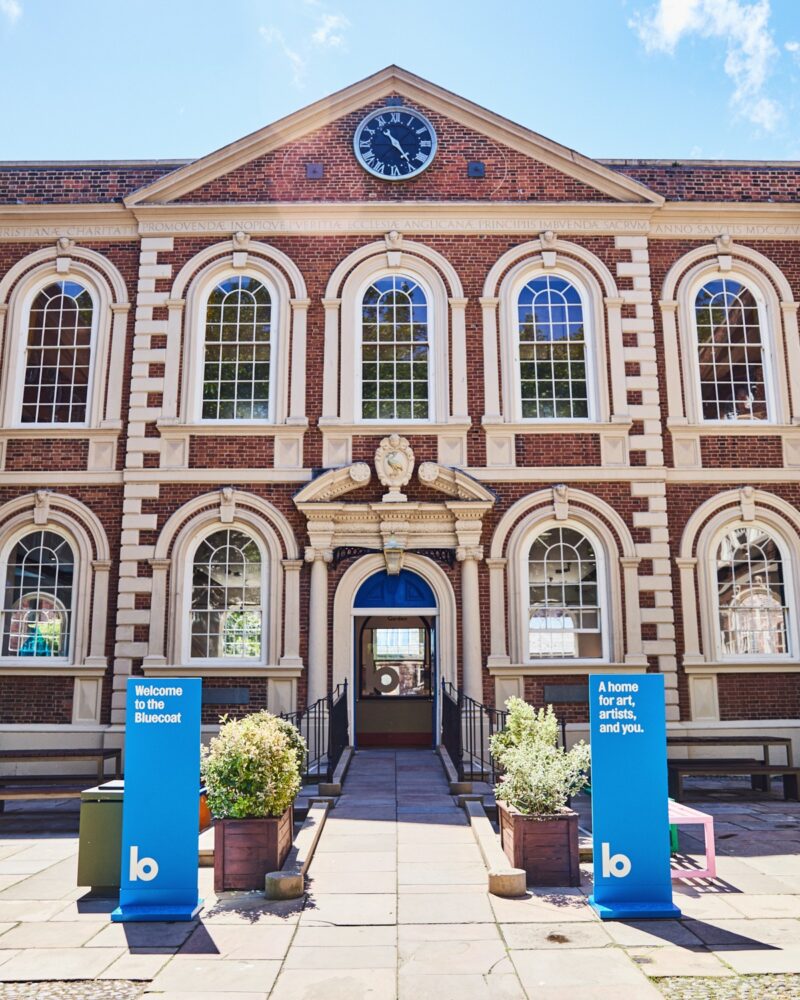
The Bluecoat Chambers is a striking architectural gem that dates back to the early 18th century. It was originally a charity school and has since served as an art gallery, cultural centre, and creative hub. Exploring its beautiful courtyards and hidden corners reveals layers of history and artistic endeavours.
St. James Cemetery
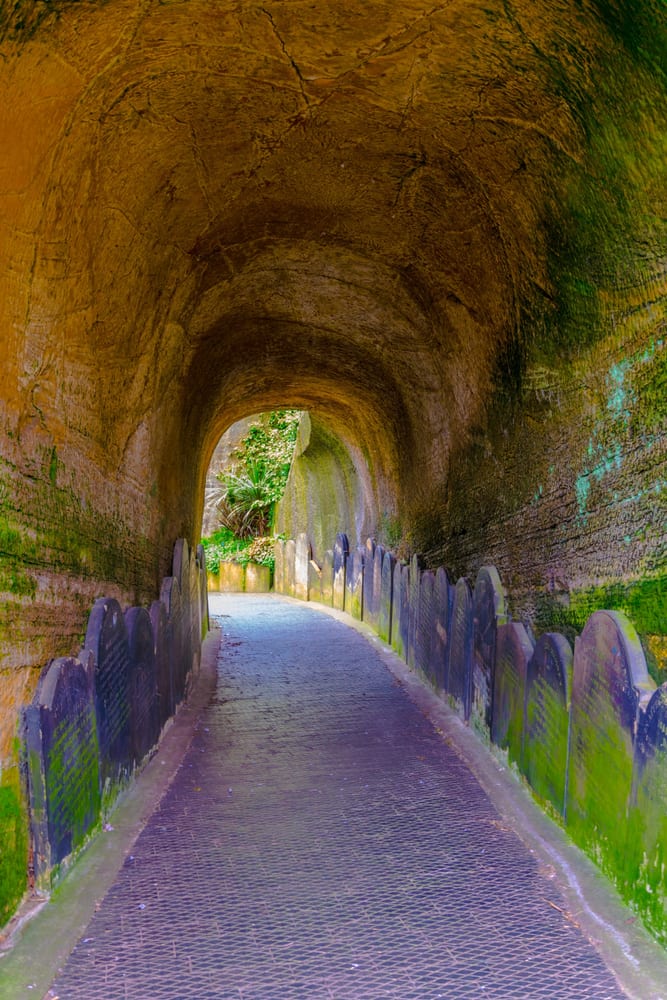
Tucked away behind Liverpool Anglican Cathedral, St. James Cemetery is a tranquil and atmospheric burial ground. It contains the graves of notable individuals, including some Titanic survivors. Stroll among the moss-covered tombstones and soak in the solemn beauty of this hidden historical gem.
There’s also a natural spring that comes out of one of the walls… have you seen that?
Western Approaches
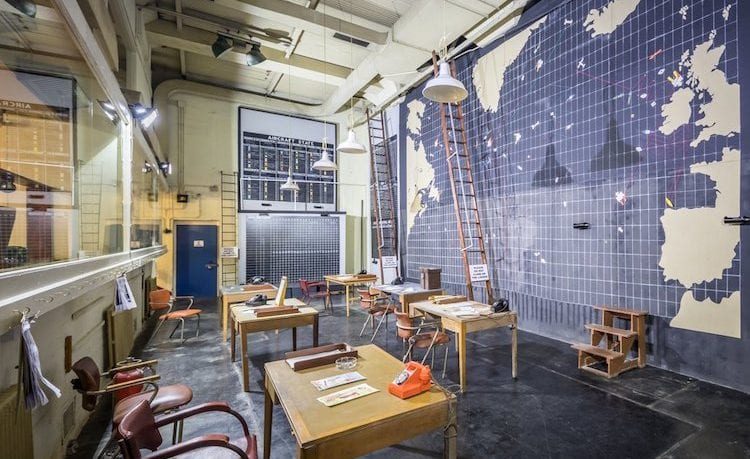
Did you know deep beneath the bustling streets of this city lies a secret underground command centre from World War II? Western Approaches was the nerve centre of the Battle of the Atlantic, where crucial decisions were made to protect Allied shipping from German U-boats. Take a guided tour and step back in time to experience this hidden piece of wartime history.
Cavern Club
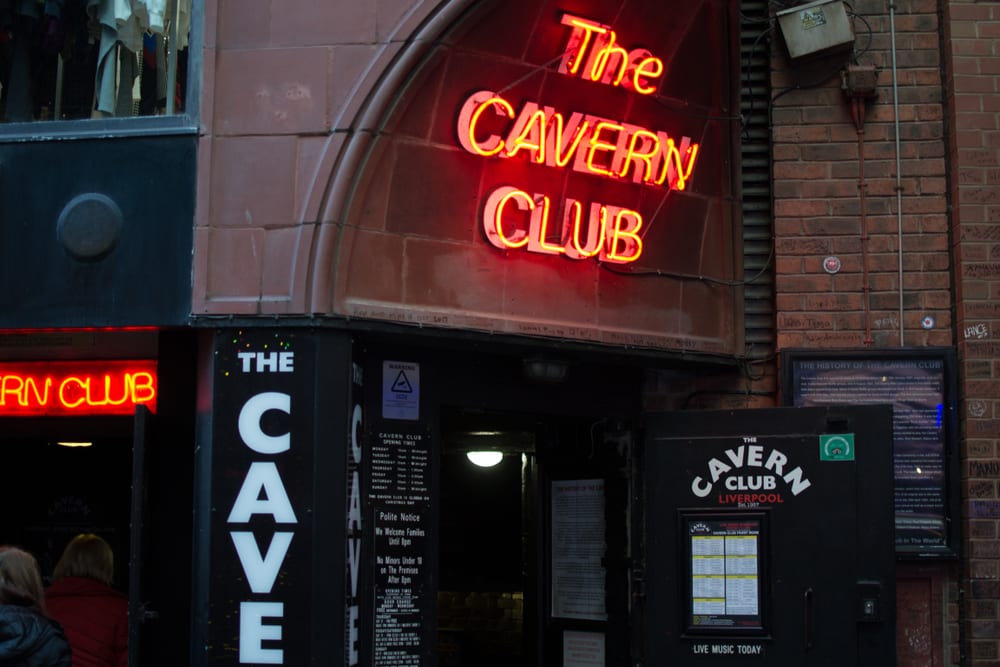
The Cavern Club holds a significant place in Liverpool’s history. This legendary venue is where The Beatles first made their mark and became an integral part of the city’s music scene. Take a step into the past, explore the underground club, and relish the echoes of the iconic performances that once took place there… Ok so it might not be THE ORIGINAL Cavern… but it is the best we have!
The original Cavern Club was forced to close its doors in 1973 due to financial difficulties and structural issues. The building was scheduled for demolition as part of a redevelopment project in the area.
Following the closure and demolition, the site was redeveloped, and a new building was constructed above the original basement space of the Cavern Club. The new building maintained a small section of the original Cavern Club’s brickwork as a tribute to its historical significance.
Castle Street
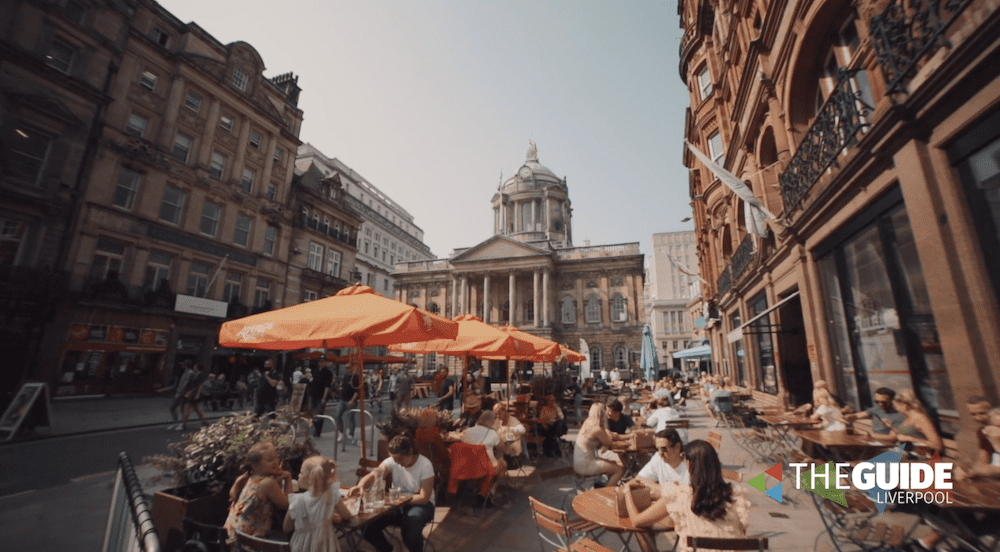
Castle Street has its origins in the medieval period when it formed part of the town’s original street layout. It was named after the Castle of Liverpool, a fortification built by the Norman conquerors in the 13th century.
The Castle of Liverpool was located near the present-day Derby Square. It served as a defensive structure to protect the town and its harbour. Unfortunately, the castle was demolished in 1726, and no visible remains exist today.
Take a look at the plaque on the side of the Victoria monument next time you’re around the area.
Nowadays, Castle Street, along with the surrounding area, is designated as a conservation area due to its architectural and historic significance. This designation aims to preserve and protect the street’s unique character and heritage.
Adelphi Hotel
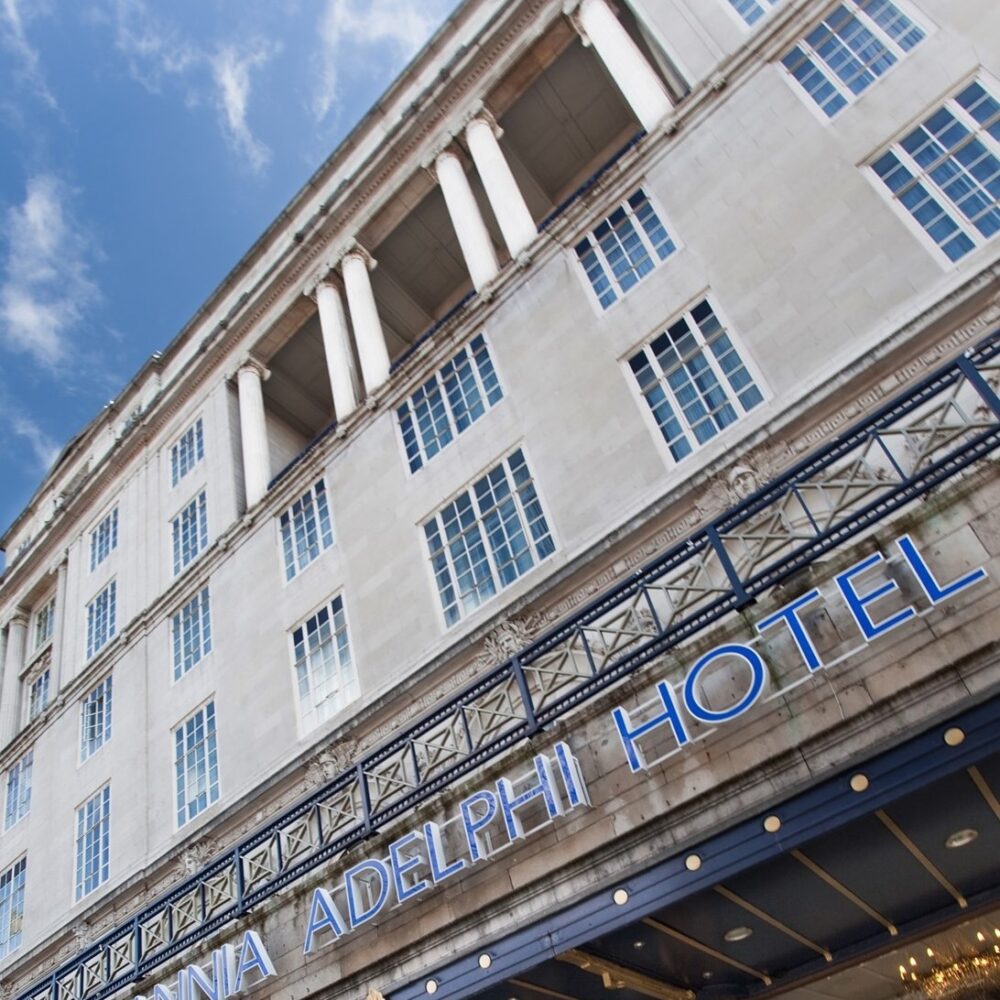
One of Charles Dickens’ first known visit to Liverpool was during a visit with his friend, the illustrator Hablot K. Browne in 1838. The two Journeyed to Liverpool to visit Browne’s son Edgar, who lived here at the time. During his stay Dickens was a guest at the Adelphi Hotel for the first time.
One of Dickens’ tour managers, George Dolby, said that Liverpool was his favourite place outside of London to visit, and that the Adelphi Hotel was his favourite regional hotel.
Duke Street
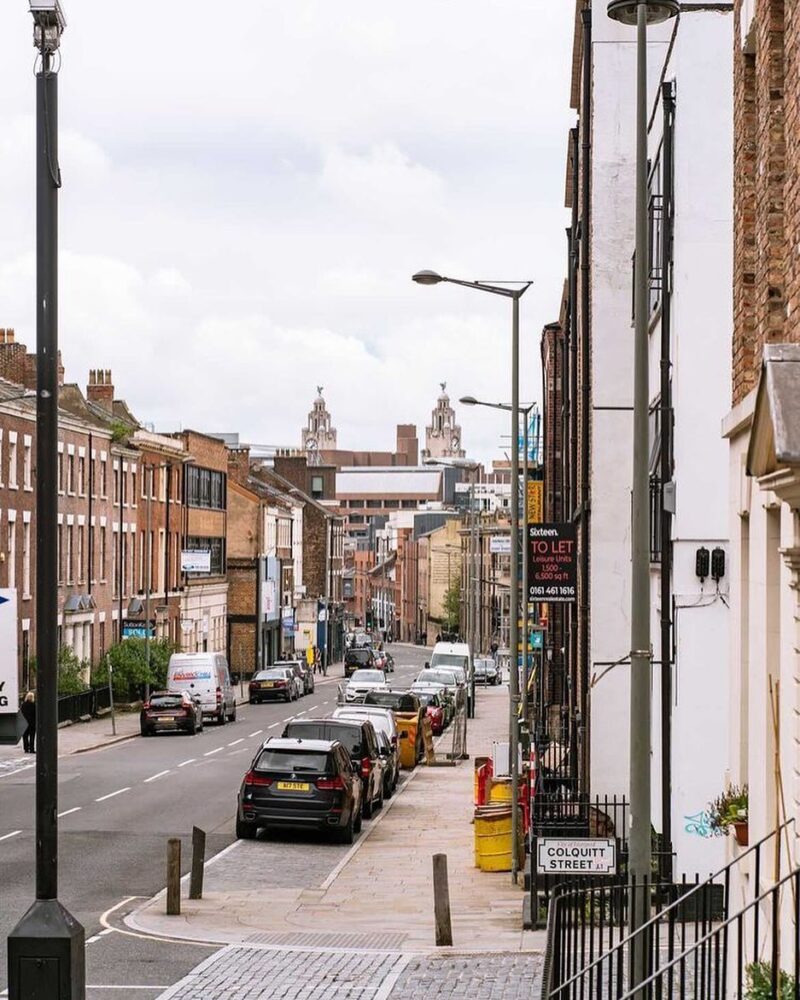
Duke Street began to develop in the mid-18th century, becoming one of Liverpool’s principal streets. It quickly gained prominence due to its strategic location close to the bustling Liverpool docks.
Like Castle Street, Duke Street became a significant commercial hub during the 18th and 19th centuries. It housed various businesses, including banks, insurance companies, and merchants’ offices, attesting to the street’s economic importance.
In the 1960s and 1970s, many historic buildings on Duke Street were demolished as part of redevelopment schemes. This led to the loss of some architectural treasures, but efforts have been made to preserve and restore the remaining historic locations.
In recent years, Duke Street has undergone a revitalisation process. It has experienced a resurgence with the emergence of trendy bars, restaurants, and boutique hotels.
Metropolitan Cathedral
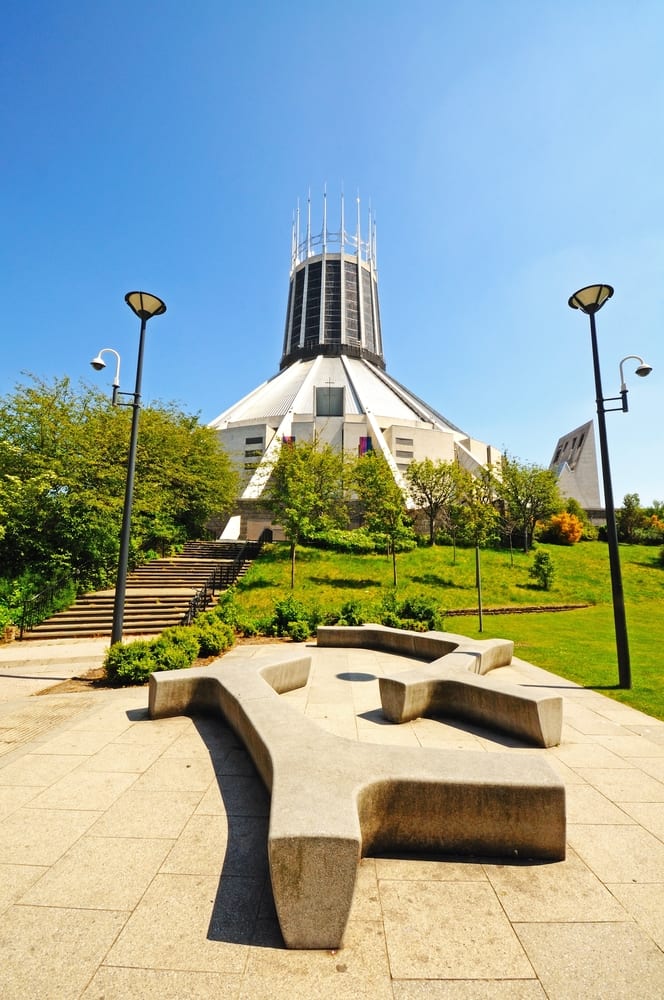
The Metropolitan Cathedral is an iconic example of modernist architecture. It was designed by the architect Sir Frederick Gibberd and completed in 1967. The unique circular design and striking concrete structure make it a distinctive landmark in Liverpool – whether for good or for bad.
The original design for the cathedral was conceived by the renowned architect Sir Edwin Lutyens in the early 20th century. Although Lutyens’ plans for the cathedral were never realised, his design for the crypt was incorporated into the final construction.
The cathedral features a crypt beneath the main worship area. The crypt serves as an exhibition space and houses various artworks and installations. It is also used for events and community gatherings.
Liverpool Cathedral
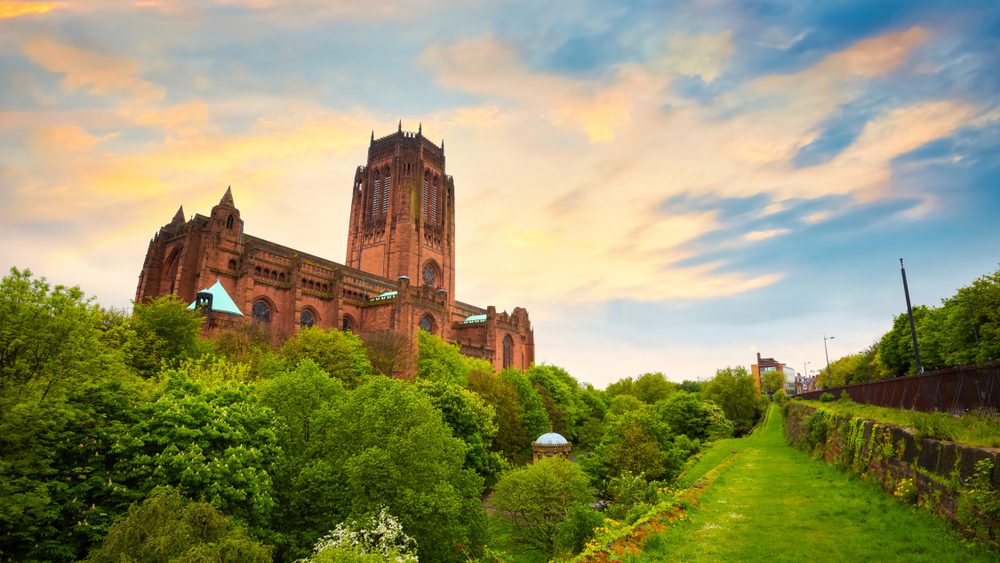
The construction of Liverpool Cathedral took a remarkable 74 years, from 1904 to 1978. The long construction period was due to interruptions caused by the two World Wars and funding challenges.
Liverpool Cathedral is one of the largest religious buildings in the world. Its total length is 189 meters (620 feet), and its central tower rises to a height of 101 meters (331 feet). The sheer size of the cathedral makes it an impressive architectural feat.
The cathedral’s bell tower, known as the West Tower, houses the world’s highest and heaviest ringing peal of bells. The tower’s unique feature is that it leans slightly due to the soft ground on which it was built.
Within the cathedral, there is a War Memorial Chapel dedicated to the memory of those who lost their lives during World War I. It features poignant stained glass windows and offers a space for reflection and remembrance. The architect responsible for the Cathedral was Sir Giles Gilbert Scott – who also designed the iconic red telephone boxes!



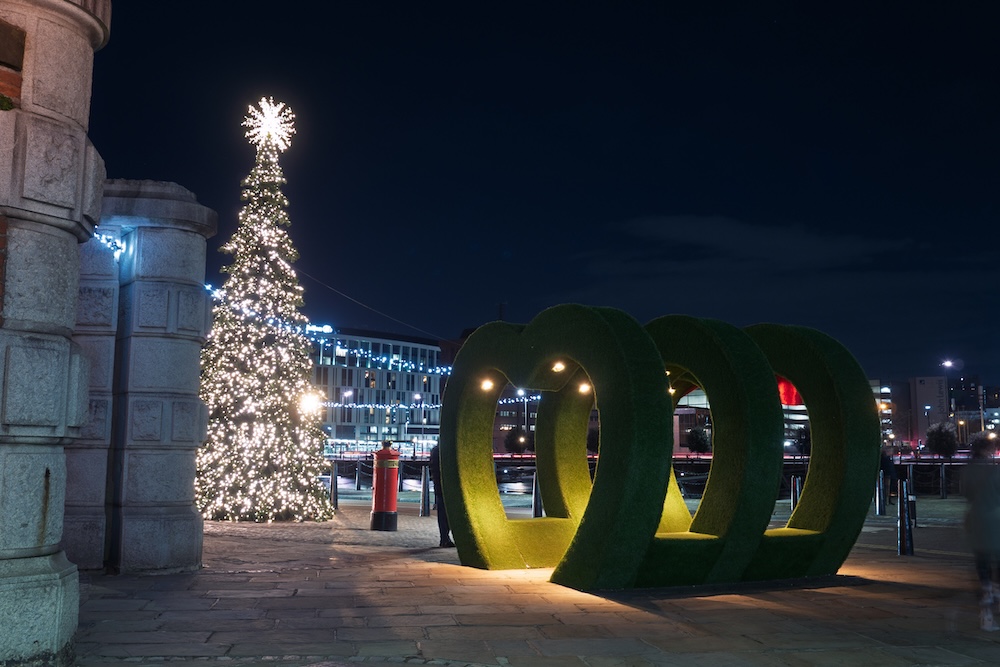

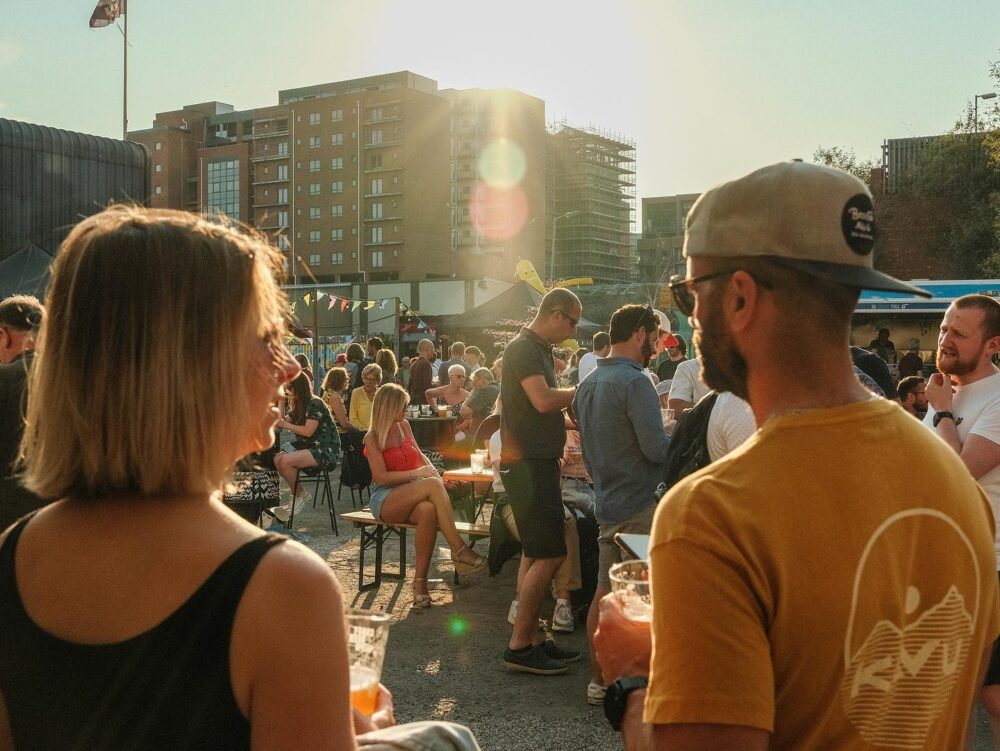


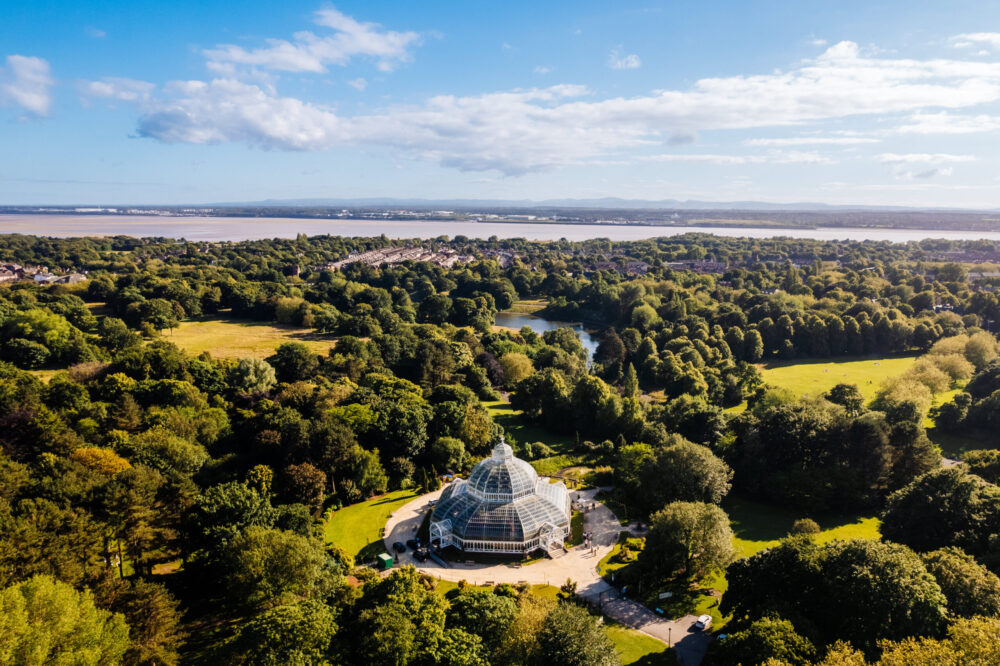
 Subscribe
Subscribe Follow Us
Follow Us Follow Us
Follow Us Follow Us
Follow Us Follow Us
Follow Us Follow Us
Follow Us











